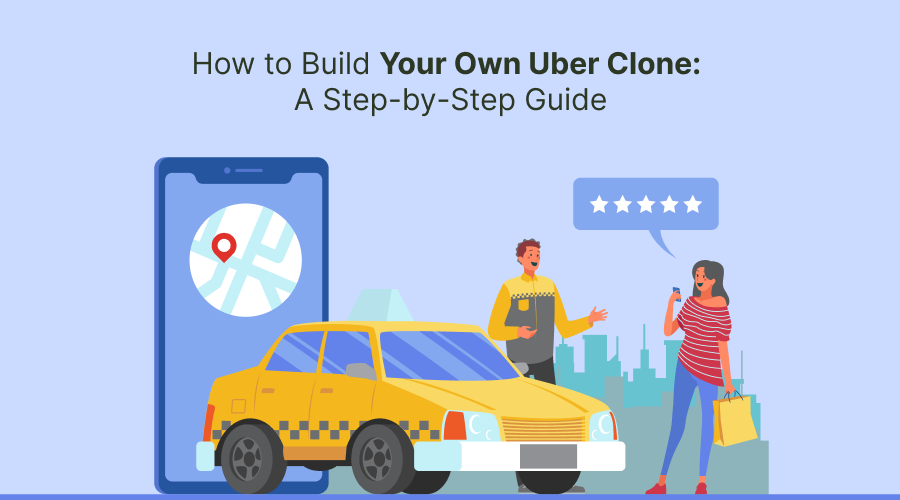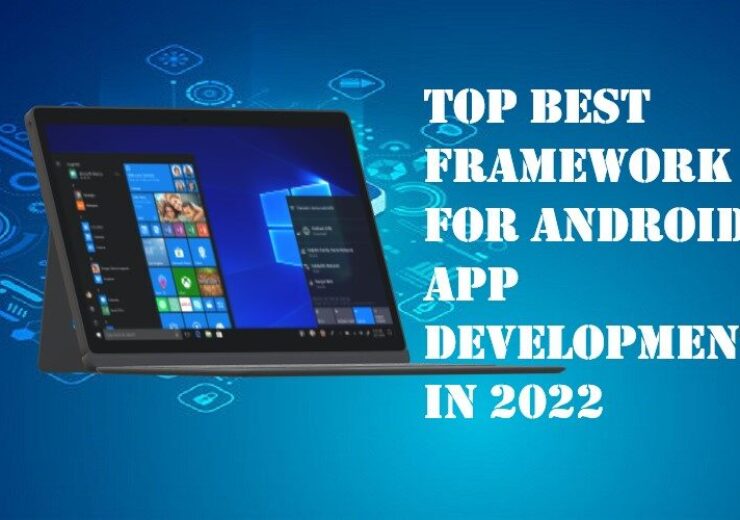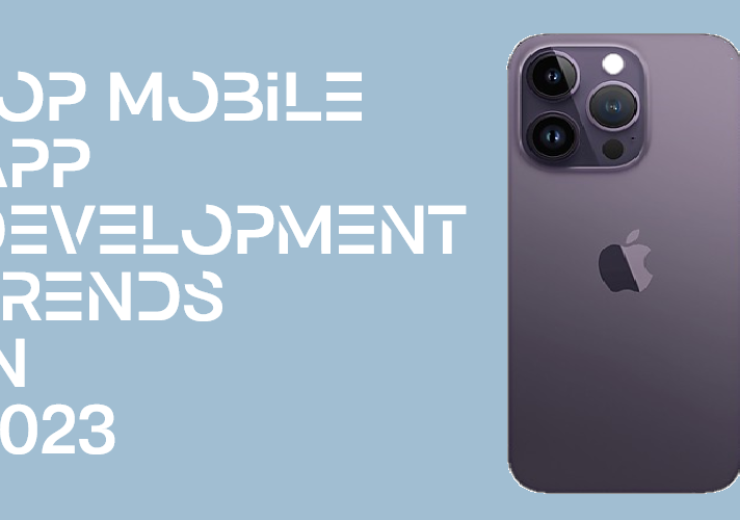How to Build Your Own Uber Clone: A Step-by-Step Guide

The rise of ride-hailing companies that are accessible 24/7 applications such as Uber have transformed our way of traveling. No matter if you’re trying to target specific areas, or to concentrate on one particular region or provide specific features or functions, like an Uber clone that allows users to tap into the lucrative market of transportation on demand. In this article, we’ll guide you through each step, beginning by defining the most important features, deciding on the best technology, and then developing user-friendly interfaces, and finally, the implementation of your app.
How Does the Uber App Work?
———————————–
The Uber app application that connects people who need transportation to drivers who can offer transportation. It’s easy to use and takes only a few steps due to the most modern technology and a highly effective backend. Here’s a quick description of how it is done:
User Requests a Ride
When a user opens the app and enters their destination, the app calculates the fare estimate based on distance, current demand, and any additional fees. Once they confirm, Uber sends a ride request to nearby drivers.
Driver Accepts the Request
Available drivers in the area receive a notification with the ride details. The closest driver can accept the request, which initiates the ride process. If no drivers are available, the app notifies the user to try again shortly.
Real-Time Tracking
Once the driver has made their way, both driver and user can follow each other’s location in real-time. This feature powered by GPS lets users know the estimated time of arrival which adds transparency and ease of use.
Pick-Up and Drop-Off
The driver takes the user and the app offers GPS navigation to help users find the best route for their destination. Users can also track the journey via their application, identifying the approximate date of their arrival.
Payment Processing
Once the ride has been completed the payment is processed using the preferred method of payment, such as the debit card or credit card or a different connected alternative. The cashless method simplifies the process, allowing it to be quick and hassle-free.
Ratings and Feedback
Both the user and the driver have the option to rate each other and leave feedback. This rating system that is two-way helps to ensure quality and accountability since low ratings could affect future rides for both sides.
By following these actions, Uber offers a fast, reliable, user-friendly, and safe means of moving from one point to B, while also managing intricate logistical elements behind the scenes. This simple process is the main reason that makes Uber and similar apps simple as well as transparent and well-known all over the world.
Creating an app like Uber requires careful consideration of features that will enhance both the passenger and driver experience. Here’s a breakdown of essential features to include:
Essential Features Of Uber Clone App
———————————–
1. User Registration and Profiles
Sign up users with their email addresses, telephone number, or social media account. Both passengers and drivers must have profiles that contain crucial information such as contact details and payment methods (for passengers) and information regarding the car (for drivers).
2. Ride Booking and Scheduling
An easy, user-friendly ride-booking function is essential. Users should be able select their pickup and drop-off location, look up an estimated price and select the kind of ride they’d like (e.g. economy or premium, or carpool). An option to schedule rides in advance can add even more convenience.
3. Real-Time GPS Tracking
After a ride has been confirmed, the driver and the passenger should be able track their respective locations. This feature provides the driver with a rough estimate of time of arrival as well as aids the driver to locate the exact location of the passenger.
4. Navigation and Route Optimization
The driver app should include in-app navigation and route optimization to provide the best and fastest route, saving time and fuel. Using services like Google Maps or Mapbox ensures real-time updates on traffic conditions.
5. Fare Estimation and Payment Options
A precise calculation of the cost of fares Based on distance, duration as well as any additional costs (like the surge price) is vital. Offering a range of payment options, such as debit or credit card mobile wallets, cash that gives customers flexibility and convenience.
6. Push Notifications and Alerts
Push notifications are vital for keeping users informed about ride status updates, driver arrivals, and payment confirmations. These timely alerts help users stay engaged and aware without needing to constantly check the app.
7. In-App Chat or Calling
An in-app chat or calling feature allows passengers and drivers to communicate if needed, such as to clarify the pickup location or give directions. This feature enhances communication while maintaining privacy by not exposing personal phone numbers.
8. Ratings and Reviews
After each ride, passengers and drivers should have the option to rate and review each other. This mutual rating system helps maintain service quality, as high ratings boost a driver’s visibility, while low ratings can lead to coaching or even suspension.
9. Trip History
A trip history feature lets passengers and drivers review their past rides, payments, and ratings. It also adds transparency, making it easy to refer to details if there are any disputes or questions later.
10. Customer Support and Help
Providing a dedicated help or support section within the app is essential. It should include FAQs, contact options, and emergency assistance features to ensure that users feel safe and supported.
11. Admin Panel for App Management
An admin panel is necessary to oversee the entire operation. It allows the app owner to manage users, drivers, payments, and ride data, as well as access analytics for insights into user behavior and trends. This backend system helps with monitoring and making data-driven improvements.
12. Safety Features
Passenger safety should always be a priority. Including features like an emergency SOS button, driver verification checks, and sharing trip details with a friend or family member adds a layer of security that can build user trust.
13. Surge Pricing and Discounts
In periods of high demand, when costs are high, it could be beneficial to keep demand and supply in check by adjusting fares over an indefinite period. Similar to that, offering discounts, coupons, promotions or loyalty rewards can help in keeping customers.
14. Analytics and Reporting
An analytics feature is essential for tracking app performance, user behavior, and market trends. By gaining insights into the frequency of trips as well as peak times and the preferences of users You can make educated choices to improve your app and identify areas of growth.
How to Make an App Like Uber: Business Models
———————————–
Choosing the appropriate business models is crucial, regardless of whether you intend to target a specialized market or begin in a local market. The primary income sources that can help your Uber-like app succeed will be covered in this introduction, including commission-based fees, subscription plans, advertising, and corporate collaborations. Knowing these choices will enable you to develop a long-lasting software that generates a consistent flow of revenue over time in addition to drawing in users and drivers.
Here are some of the important business models to look at when you are creating an app similar to Uber:
Commission-Based Model
A very popular business model for ride-hailing applications is the commission-based method. In this type of model the app takes part of the fare as a fee. The way it works is:
- If passengers make a reservation for an excursion and pay for the entire price based upon the distance, the time, and any additional pricing.
Surge Pricing
The app increases prices temporarily to encourage drivers to be available in order to balance demand and supply. Here’s how surge pricing can benefit the business:
- Higher fares during peak times boost revenue for the platform and drivers.
- It motivates more drivers to go online during high-demand periods.
Paid Promotions for Drivers
Offering paid promotions or priority placements for drivers is another potential revenue stream. In this model, drivers can pay to get featured in the app or receive priority ride requests, which can lead to more frequent bookings.
- Drivers can choose to boost their profiles, increasing their visibility and ride request opportunities.
- The app charges a fee for these promotional boosts, allowing drivers to reach more potential riders.
Advertising and Partnerships
Brand partnerships and advertising in apps are lucrative, particularly when your users grow. Here’s how to advertise in an app for ride-hailing:
- In-App Advertisements: Display ads on the driver or passenger app that promote pertinent products and services (e.g. offers at restaurants and travel services, etc.).
- Sponsored Rides: Partners with companies to offer discounts on certain routes or types of rides which allows users to take advantage of reduced rides for exposure to the brand.
Referral and Loyalty Programs
While they’re not an exact revenue source the loyalty and referral programs aid in boosting the amount of customers who sign up and retain them. This is how they can benefit businesses:
- Referral Program: Inspires people who already use the program to recommend their friends to use the program, providing discounts or credit for every successful referral.
- Loyalty Program: Provides customers with points or discounts depending on the frequency or length of their journeys.
Conclusion
The process of developing your own Uber clone could be difficult, however when you take the right approach it’s a feasible concept that opens the way to an ever-growing market for demand-based. With careful planning of the key features, partnering with an experienced on-demand app development company, establishing a user-friendly interface, and creating an efficient business plan, it’s possible to build a ride-hailing app that meets user requirements and stands out from competitors.




